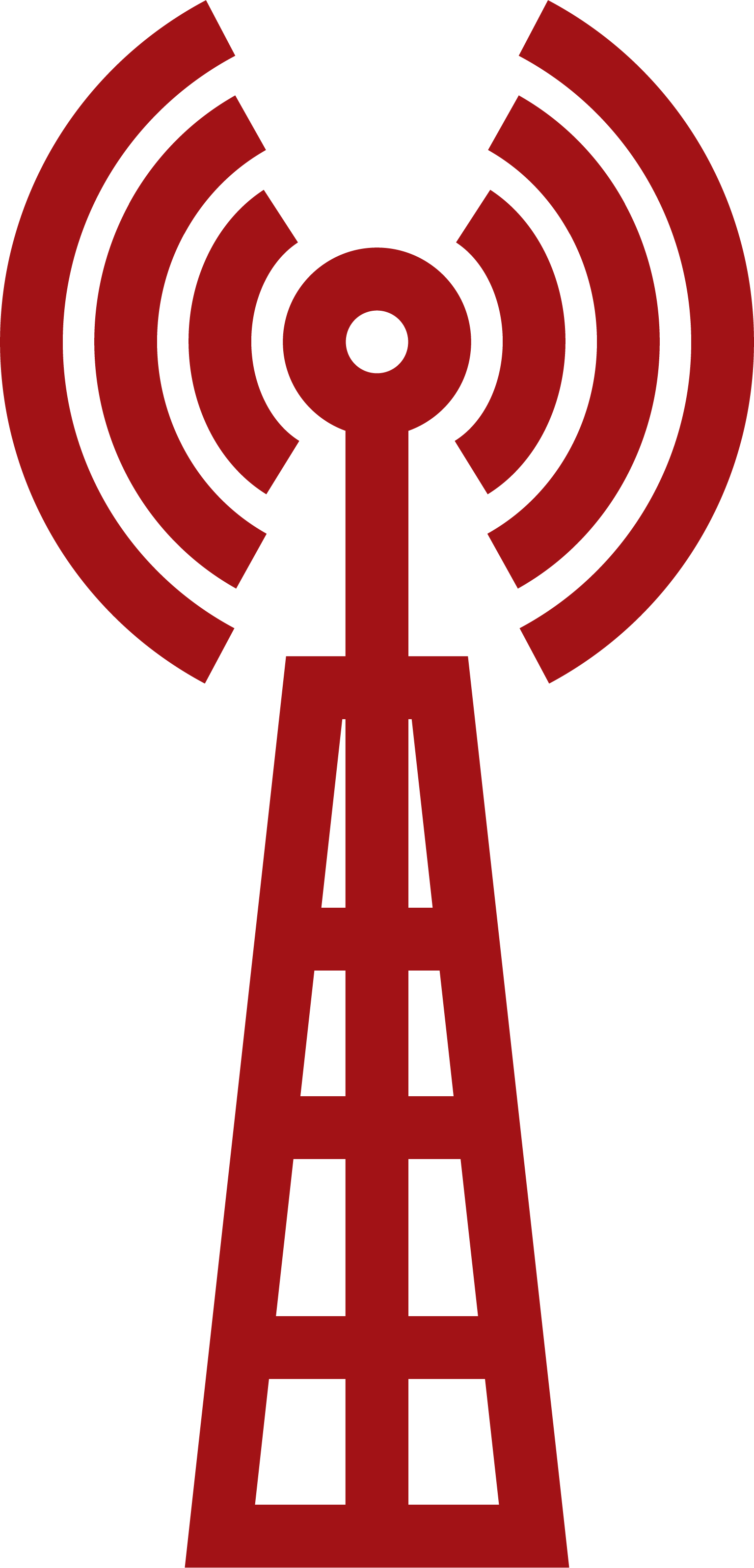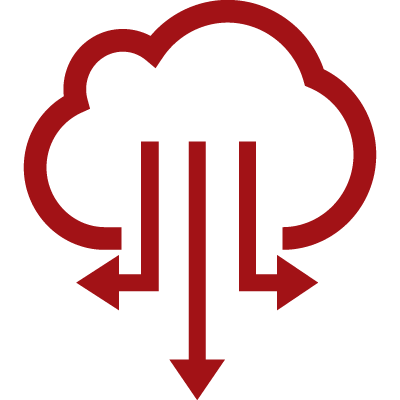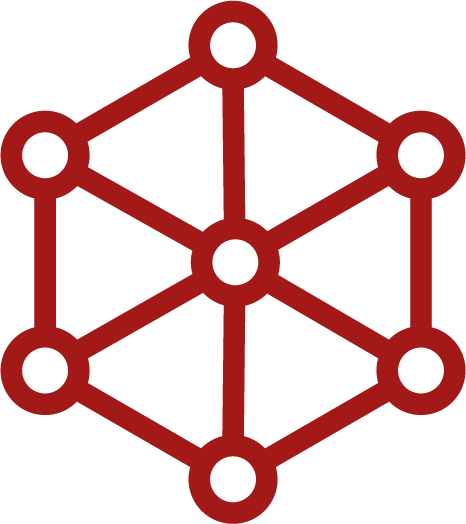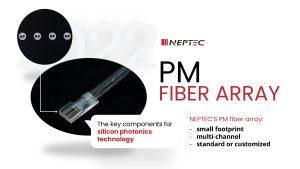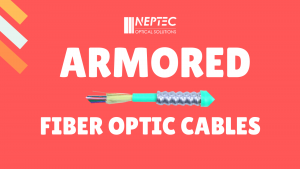The Future of Fiber Optics in Data Center
Neptec Optical Solutions
The worldwide data volume is surging rapidly during the corona virus global pandemic. People are seeking more entertainment and new ways to connect through internet. The explosive demand in data has cranked up pressure on data center infrastructures. Huge amounts of data must be transferred quickly, securely and reliably. In order for all components to provide their full performance and meet the requirements, ultrafast and reliable connectivity solutions are essential. For data center operators, it is time to look ahead for the next generation of fiber optics technologies, adapt to the developments of the new trends and to build a future-proof data center infrastructure.
The key factors of building a future-proof cabling infrastructure are the following.
- Ultrafast speed – 400G Ethernet and future 800G Ethernet
- High-speed network through advanced fiber connectors
The Cisco’s Global Cloud Index for the period between 2016-2021 states that hyper-scale data centers have been growing rapidly. By 2021 there will be around 628 data centers which is a lot more than the number of data centers that were operating in 2016. As more data is stored in cloud and higher demand for faster transmission, it has become increasingly difficulty to manage, store and move data.
The chart below shows 100G ethernet speed has the broadest adoption, but with ever growing internet traffic, and the demand by video streaming and high-capacity data transfers, 400G Ethernet and eventually 800G Ethernet will soon become the speed standard for data centers.

(Figure 1: 400G Ethernet roadmap for data centers. Source: Ethernet Alliance)
The next section we will focus on two novel connector systems that offers great solutions for reliability and speed for the future of data centers.
SN® Cable Assemblies
SN® cable assemblies are a new type of duplex optical fiber cable assemblies designed for Data Center 400G optimization. SN® has two LC style 1.25mm O.D. Zirconia ferrules in a single housing, pitched 3.1mm apart vs 6.25mm in a duplex LC connector. Each of the SN® connector ferrules can be individually prepared, polished, and tested. This allows the manufacturer to easily control each fiber connection of the connectors.
SN® cable assemblies supports 1.6mm jacketed cable and uses push-pull style connector which allows higher density compared to LC cable assemblies. The SN® connector provides an efficient and reliable replacement for MPO connector in quad fiber applications and are optimized to support next-generation 400G QSFP-DD and OSFP transceivers. The SN® connector also provides the ability to do individual breakout at the transceiver, which help to simplify the cabling, and allow direct cross connection without the need for additional breakout cables.
Key Features:
- Compact size compared to LC Duplex
- Designed for OSFP/QSFP-DD Break out application
- Proven 1.25 mm Ferrule technology
- 4 Duplex connectors (total 8-fibers) in OSFP/QSFP-DD footprint
- IEC random mating Grade B
MXC® Connector
MXC® optical fiber is designed for high density network that enables data center to provide the highest data transfer rate. Supports up to 64 fibers per ferrule, providing 1.6 TBit/s for data transmission. MXC® is the next generation connectivity solution for data centers, telecommunication hubs, and cloud computing networks wherever high-speed data transmission is a top priority. MXC® also has a real breakthrough in networking technology which provides a direct card edge interface to embedded optical engines from Intel Silicon Photonics and others.
Key Features:
- Supports up to 64 fibers with each carrying one wavelength at 25 Gbps = 1.6 TBit/s per connector
- Compatible with standard PRIZM® MT-ferrule
- Debris insensitive – resulting in high reliability
- Expanded beam technology allows for a rugged interface
- Cost efficient with fewer connector components
- Easy assembly due to no polishing required

